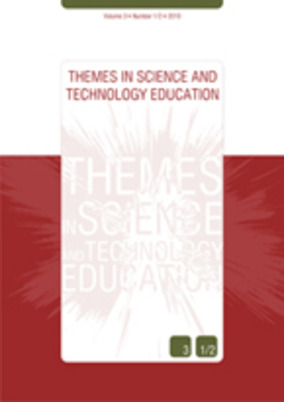Theoretical bases for using virtual reality in education
Part of : Themes in science and technology education ; Vol.2, No.1-2, 2009, pages 71-90
Issue:
Pages:
71-90
Author:
Abstract:
This article elaborates on how the technical capabilities of virtual reality support the constructivist learning principles. It introduces VRID, a model for instructional design and development that offers explicit guidance on how to produce an educational virtual environment. The define phase of VRID consists of three main tasks: forming a participatory team, analyzing the appropriateness of employing virtual reality technology to tackle a known learning problem, and performing a feasibility study. The design phase of VRID comprises the macro-strategy that provides guidance on the selection, sequencing, and organization of the subject-matter topics that are to be presented, and the micro-strategy that provides strategies for effective presentation of the learning contents. The development phase includes all the necessary tasks to implement the outcome of the design phase. Among the tasks for this development phase include determining the developmental platform, developing the various components of the educational virtual environment, performing specialist evaluation as well as conducting one-to-one learner evaluation. Conducting a small group evaluation and performing an effectiveness evaluation study are the two important tasks of the evaluation phase.
Subject:
Subject (LC):




